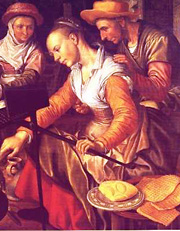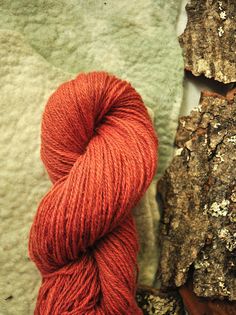The colour orange symbolized strength, courage, and endurance. The colour was obtained from cheap dyes that were locally grown in gardens and were easily available in natural habitat.
The colour orange conveyed enthusiasm, affordability, and cheerfulness. Orange was also associated with emotional energy, warmth, and compassion. It signified a general wellness and socialization. The people who were permitted to wear the colour orange belonged to the lower class.

Biblical meaning of the colour orange
In Christianity, orange resembles fire and flame of the sun. It signifies the presence of God.
Orange is a blend of the colours red and yellow. It represents the passion and energy of the colour red and wisdom and joy of the colour yellow.
Orange, the colour of the peasant
The orange colour was worn by the poor country people like the peasants, servants and the city dwellers. They used to colour their own fabrics with natural dyes. The dyes were not colourfast and produced dull shades of russet and orange.
Orange was quite a popular colour. It was associated with harvest and changing colours of the autumn leaves. It represented the playful hot summers. The orange colour is much milder than the striking red and denoted happiness and cheerfulness.
Dyes used for colour orange
Dyes obtained from the Madder root produced a variety of colours like pale red, orange, russet, coral, brick red, rust, and dark brown.
Dye plants like golden marguerite, calendula and weld produced a spectrum of colours like orange-gold and lemon yellow.
Peasant gowns were mainly dyed with more subdued or earthy colours. Yellowish orange and light shades of orange colours were commonly used by the lower class.
